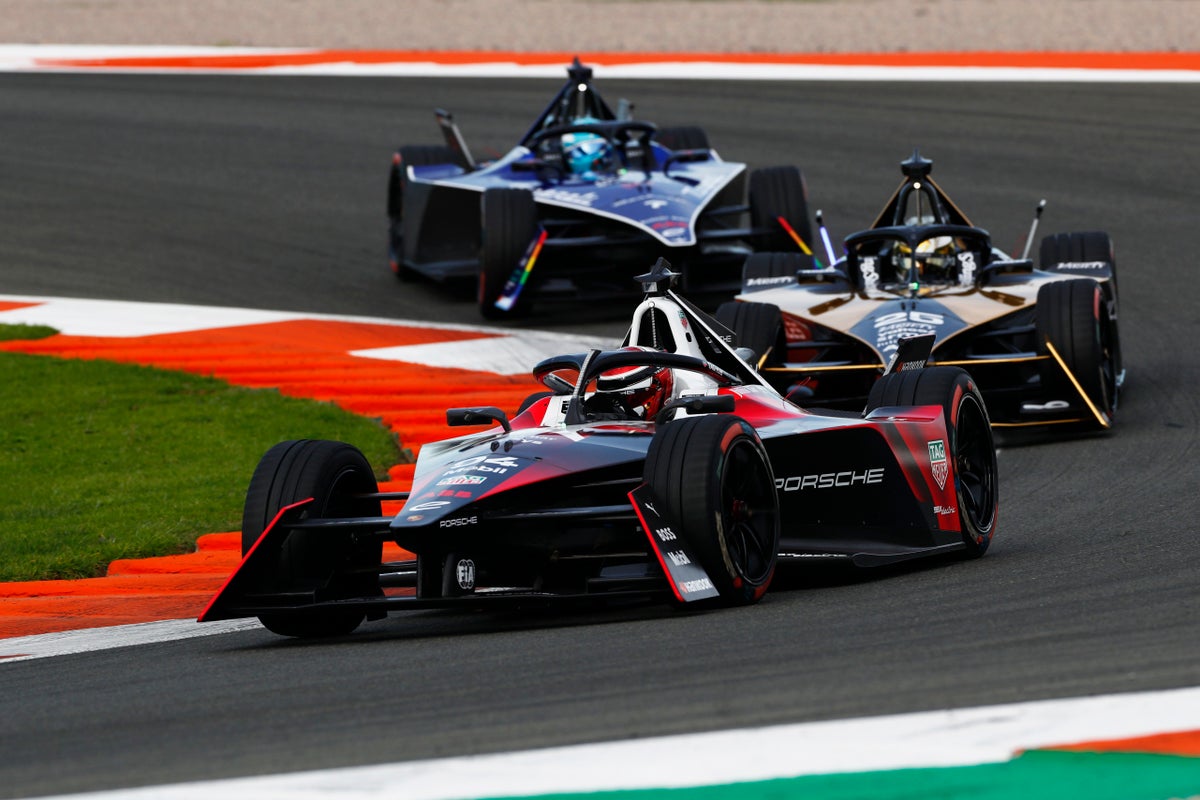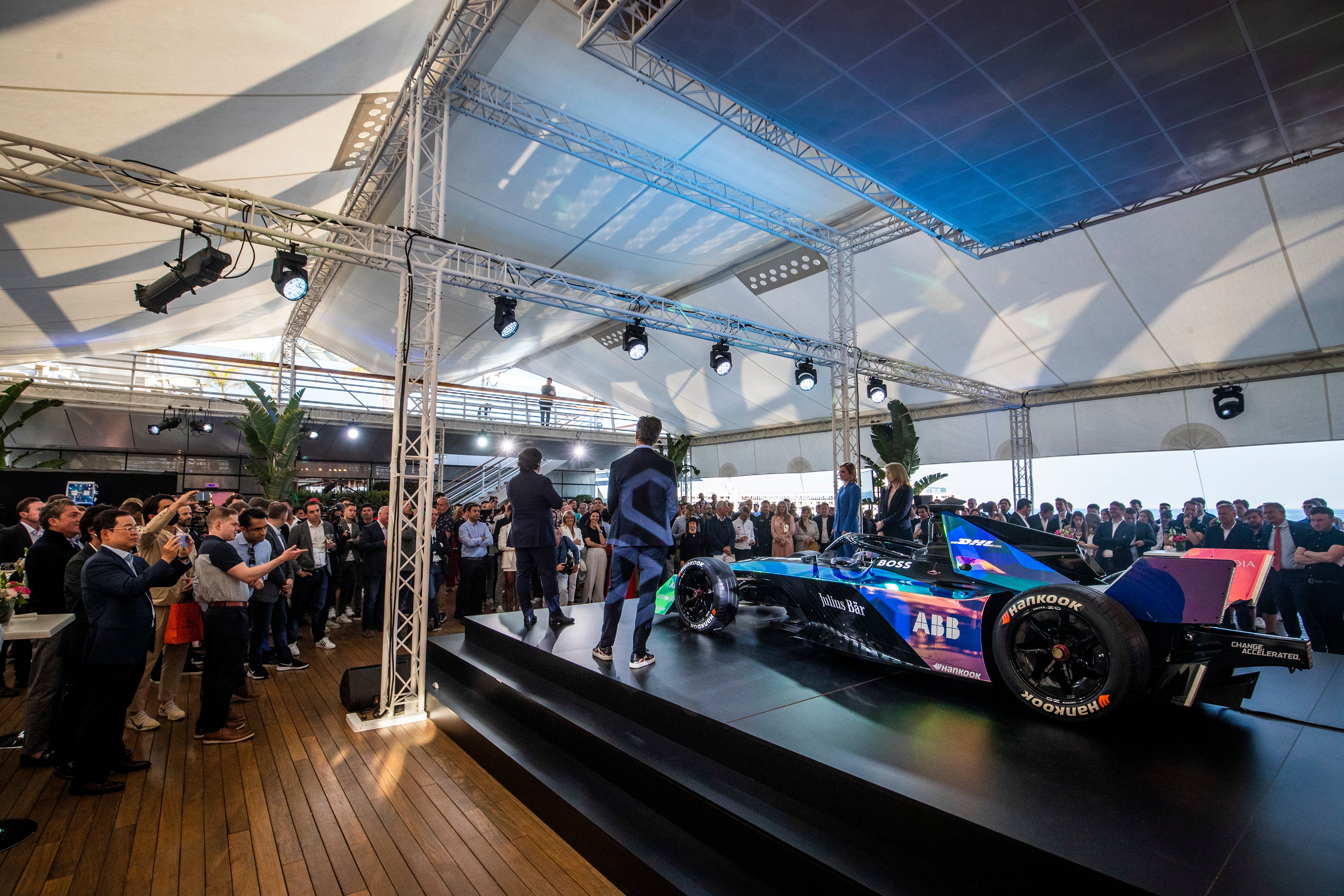
A new year of Formula E is upon us and a brand new generation of vehicles is set to send the all-electric series into Season 9 in style.
Whether by the arrival of new teams including Maserati, drivers switching to new teams for the new campaign - including reigning champion Stoffel Vandoorne heading to DS Penske - or the new cities on the trip list for 2023, there’s plenty of excitement and intrigue lying ahead.
With pre-season testing over and done with, the countdown is now on for the very first race of the season, with 16 rounds lying ahead across the continents of North and South America, Asia, Africa and Europe.
All eyes will be on the Gen3 car, the fastest, lightest and most efficient electric vehicle ever produced - as well as being the most sustainable, staying true to the sport’s ethos. How each team and driver handle the new build will dictate just how successful their year ahead might be.
Here’s everything you need to know ahead of the first race and the start of the new 2023 season.
When does Season 9 start and finish?
The new season of Formula E runs from mid-January through to the end of July, with a record 16 rounds of racing taking place across 11 cities around the world. The finale is in London, on 30 July 2023.
When and where is the next race?
Season 9 begins in Mexico City on 14 January 2023.
Free Practice 1: 13 January, 10:30pm GMT
Free Practice 2: 14 January, 1:30pm GMT
Qualifying: 14 January, 3:45pm GMT
Race: 14 January 8:03pm GMT
The race can be watched live on the Formula E YouTube channel, the Channel 4 Sport YouTube channel and the Eurosport player app across all devices.
What are the rule changes in 2023?
The most notable change is that there will be a set number of laps for each track, rather than a timed race this year. Where Safety Cars and other interruptions are needed, additional laps will be utilised.
Formula E also comes in line with other championships by offering opportunities to rookies this year, as a minimum of two Free Practice sessions across the season must be given to drivers with no prior experience of the series.
There will also be races later in the season which pilot the ‘pit stop’ effect - which will use the most advanced EV battery in the world to deliver an energy boost in a mandatory 30-second stop to recharge. Cars’ output power will be increased after this.
The ‘fanboost’ feature from previous seasons has been removed from Formula E.
Which teams and drivers are taking part this year?
There are 11 teams and 22 drivers in total (plus reserves), with some significant changes this year - including the return of Maserati to single-seater racing for the first time in 60 years and the departure of former FE champion Nyck de Vries, who has signed with F1 side AlphaTauri.
ABT Cupra - Robin Frijns and Nico Mueller
Avalanche Andretti - Jake Dennis and Andre Lotterer
DS Penske - Jean-Eric Vergne and Stoffel Vandoorne
Envision Racing - Nick Cassidy and Sebastien Buemi
Jaguar TCS - Mitch Evans and Sam Bird
Mahindra Racing - Oliver Rowland and Lucas Di Grassi
Maserati MSG - Edoardo Mortara and Maximilian Gunther
Neom McLaren - Jake Hughes and Rene Rast
NIO 333 - Dan Ticktum and Sergio Sette Camara
Nissan - Sacha Fenestraz and Norman Nato
Tag Heuer Porsche - Pascal Wehrlein and Antonio Felix Da Costa

Full race weekend list and Formula E schedule
Pre-season: Valencia (Spain) 13-16 December 2022
Round 1: Mexico City (Mexico) 14 January 2023
R2: Diriyah (Saudi Arabia) 27 January
R3: Diriyah (Saudi Arabia) 28 January
R4: Hyderabad (India) 11 February
R5: Cape Town (South Africa) 25 February
R6: Sao Paulo (Brazil) 25 March
R7: Berlin (Germany) 22 April
R8: Berlin (Germany) 23 April
R9: Monaco (Monaco) 6 May
R10: Jakarta (Indonesia) 3 June
R11: Jakarta (Indonesia) 4 June
R12: Portland (USA) 24 June
R13: Rome (Italy) 15 July
R14: Rome (Italy) 16 July
R15: London (UK) 29 July
R16: London (UK) 30 July







